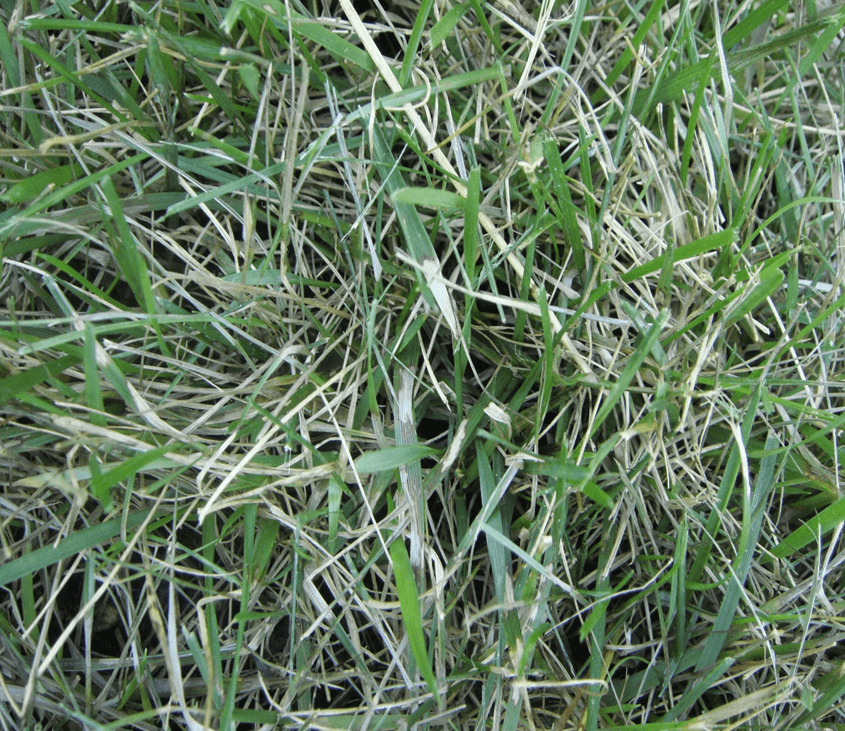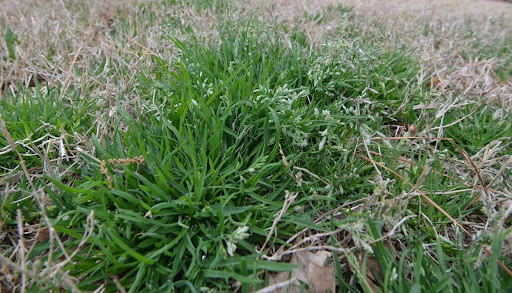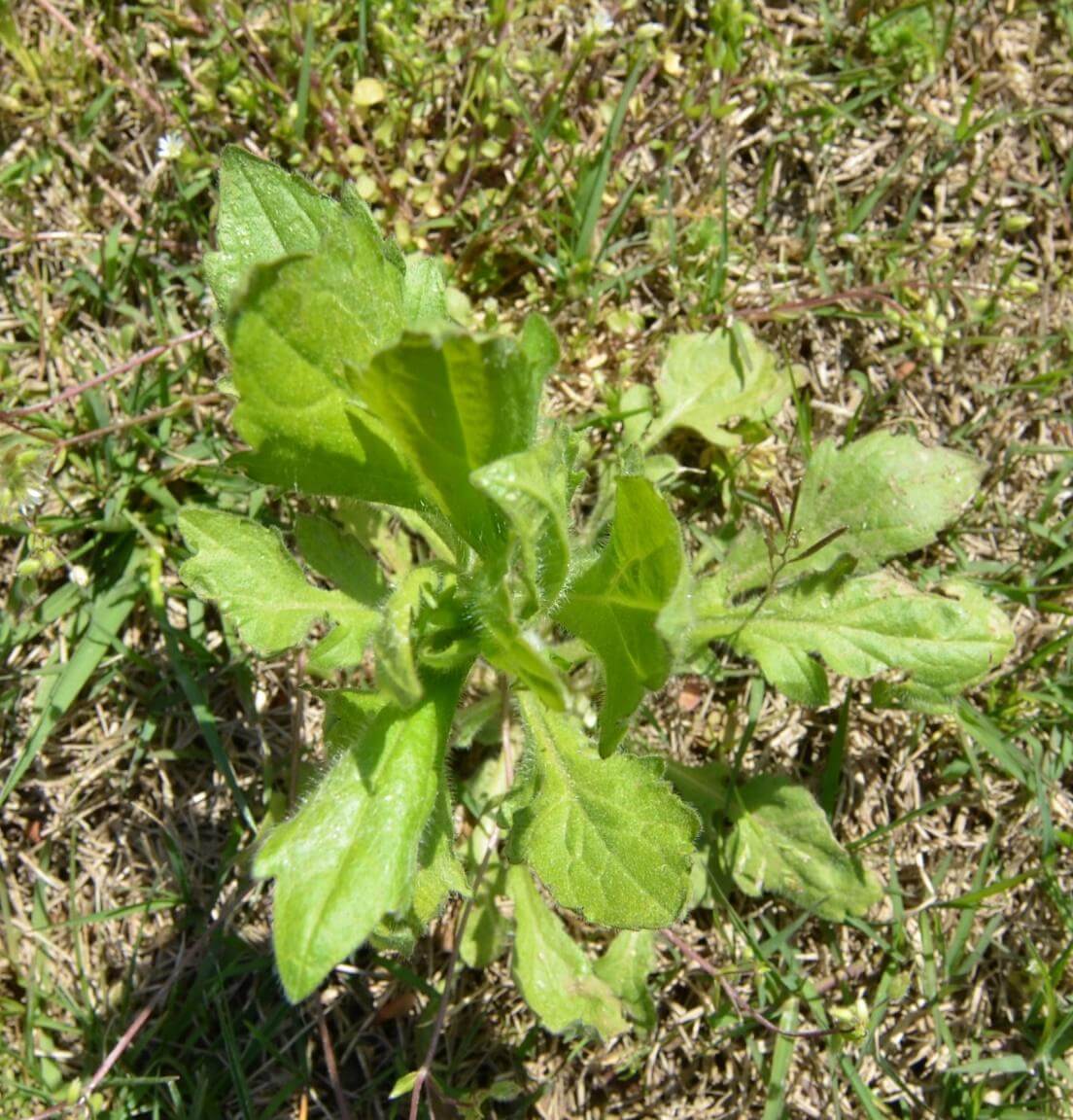Your lawn can overcome any springtime issue with the right care and help. Here are the need-to-know tips for warmer weather lawn care.
Prevention is key to maintaining a safe and comfortable outdoor area this season. That’s why at Fairway Green, we start our Mosquito Control Program in May. Our program is tailored to your lawn’s specific needs and consists of up-to eight total applications. Each applications will offer control for approximately 25 days. One-time applications are also available and great for special outdoor events.
Besides just how annoying and pestering they can be be, we are all aware that mosquitoes may transmit diseases like West Nile Virus, Encephalitis, Chikungunya, Zika and more. Let Fairway Green help give you peace of mind.
Request a no-obligation price quote and enjoy the comfort of the outdoors at your home!
Extra Tip: Regularly emptying areas that collect water will help reduce mosquito growth and reproduction. This includes, but isn’t limited to: Pet dishes, bird baths, storm drains, children’s toys, swimming pool/ hot tub covers and excessive watering or leaking hose/irrigation systems.


If you have healthy, tall Fescue, you will likely get Brown Patch Fungus at some point during the spring. While it’s common, it can also be devastating. It typically starts in late April/early May due to certain climate factors. This includes when temperatures go above 75 degrees with high atmospheric moisture. This moisture can be in the form of rainfall, irrigation or humidity.
The easiest way to identify Brown Patch Fisease is to stand away from your lawn. Then, look for a shadow appearance on it or browning circles. Once you identify these, look at the leaf blades for tan or brown lesions. If you see these, more than likely, you have Brown Patch Fungus. Just a note that drought stress can be mistaken for it, too (drought stress makes the leaves fold at the center, giving leaf blades a straw appearance).
Applying fungicides preventively offers better control and less turf damage vs. curative fungicides. Please let us know if you would like to discuss our Fescue fungicide program.

Fairway Green has been receiving many calls from customers and non-customers concerned that they have Crabgrass in their lawn. However, in most cases, it is actually Poa Annua and not Crabgrass.
Poa Annua (Annual Bluegrass) usually stands out from late April to May. This is due to the large amount of tan-colored seed heads the plant produces during this time. However, above-average ground temperatures means seed heads may have already started appearing.
As a wild annual grass, it can show up anywhere. Its hardiness means it can grow in poor conditions where desirable turf will not. This includes areas that have poor/compacted soil. However, being that it is a common grassy weed in our area, you may even find it in the middle of your yard.
Common areas it can show up include:
Poa Annua germination starts in late August and goes through the winter (this is around the same time you see Fescue). Because of Poa Annua’s maturity during pre-emergent Crabgrass applications in January, February and early spring, it’s not controlled by them. Poa Annua will generally end its life cycle in late May and June. As a prolific seeder, seed is generally viable the following year.
There is not an effective post-emergent product available to eliminate Poa Annua in Fescue. If there was one, Fairway Green would be using it. We can control about 70-80% percent of Poa Annua in warm season turf (Bermuda, Zoysia and Centipede). This is done with a split application in November and December with a product that provides good control. However, as we’ve seen in the past two year, climate conditions favorable for Poa Annua can undo the best laid plans. To help even more, we can assist with reducing soil compaction on a regular basis, increasing sun exposure for desired turf and improve drainage issues.
For cool-season turf, mowing season is officially underway. Proper mowing height will help you control and prevent weeds. For Fescue, research has proven that maintaining a mowing height of 3½ “- 4” can drastically reduce Crabgrass. Mowing at this height will also help promote healthy turf and hold back broadleaf weeds.
Many warm season turf lawns struggle to thrive due to improper mowing heights. Mowing your type of warm season turf properly will drastically improve the overall quality and appearance of the lawn.


If you start seeing a tall weed growing in your Zoysia or Bermuda lawn this month, it could be American Burn Weed. This Broadleef weed usually start to germinates around March/April and will through the summer. It prefers man-made or disturbed sites and is more noticeable in warm season turf at this time (this is because the mowing season has not started yet for it). In fact, one way to control Burn Weed is to run a mower over it. It cannot tolerate regular mowing and will die as a result.
American Burn Weed has a straight stem, but it can have varying sized and shaped leaves (even on the same plant). However, most of the leaves will be lobed. The stem will have many translucent, fine hairs on it. The plant can germinate in the thatch layer of warm-season turf. This is why it is common to see in warm-season turf after it has had a pre-emergent applied.
Interesting fact: Wasps of all types are the dominate pollinator for American Burn Weed. So if you have a prevalent wasp problem, dealing with this can potentially help, too.